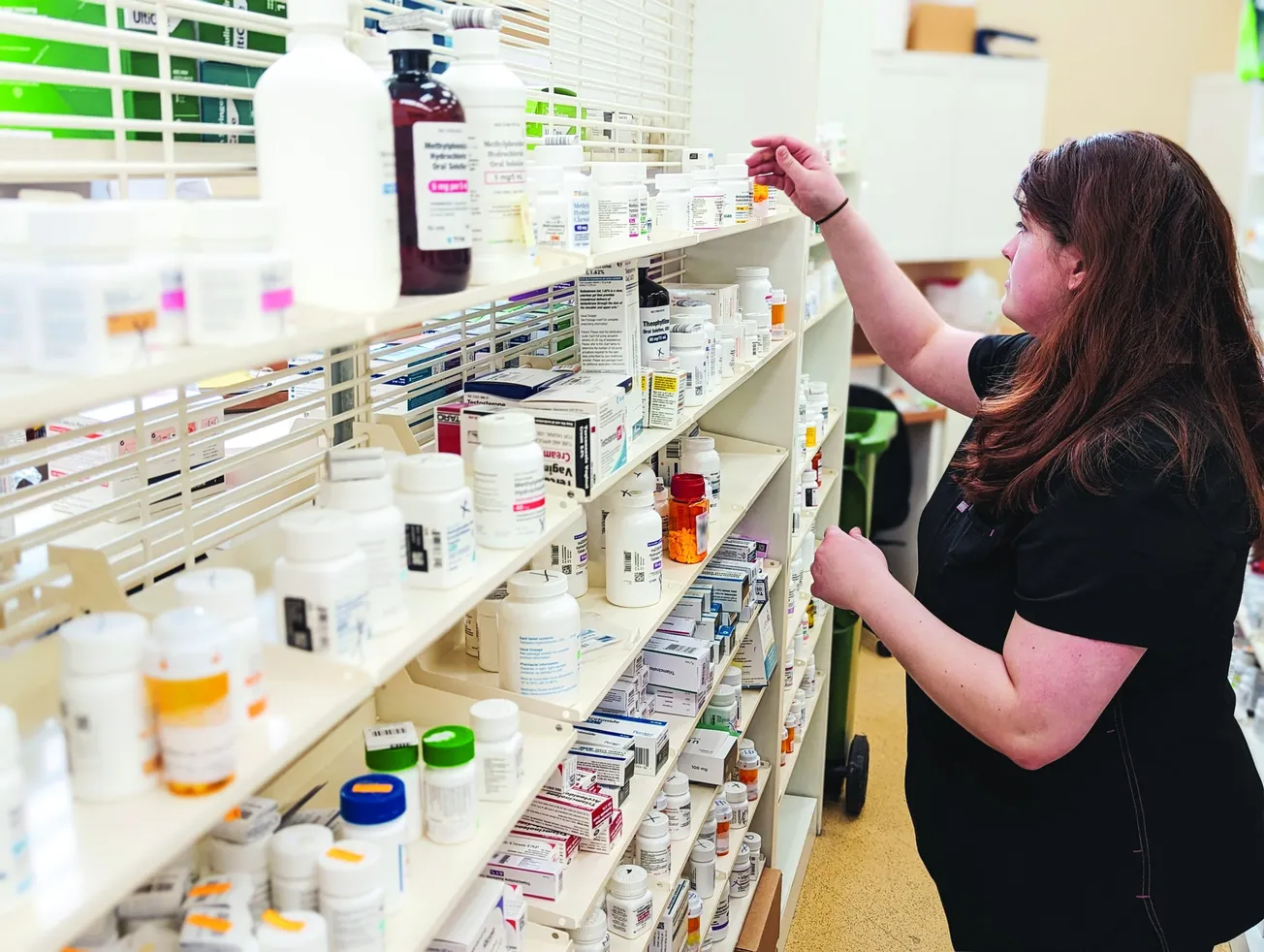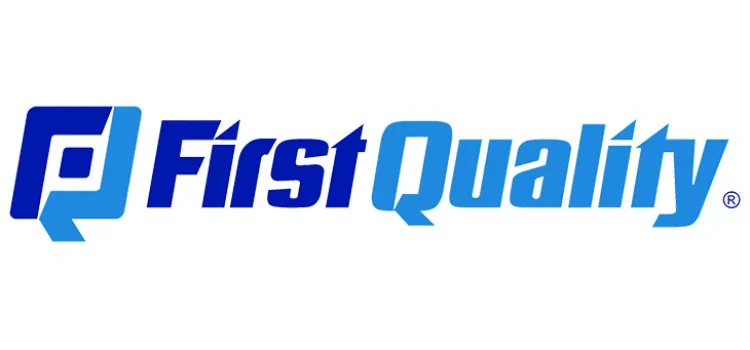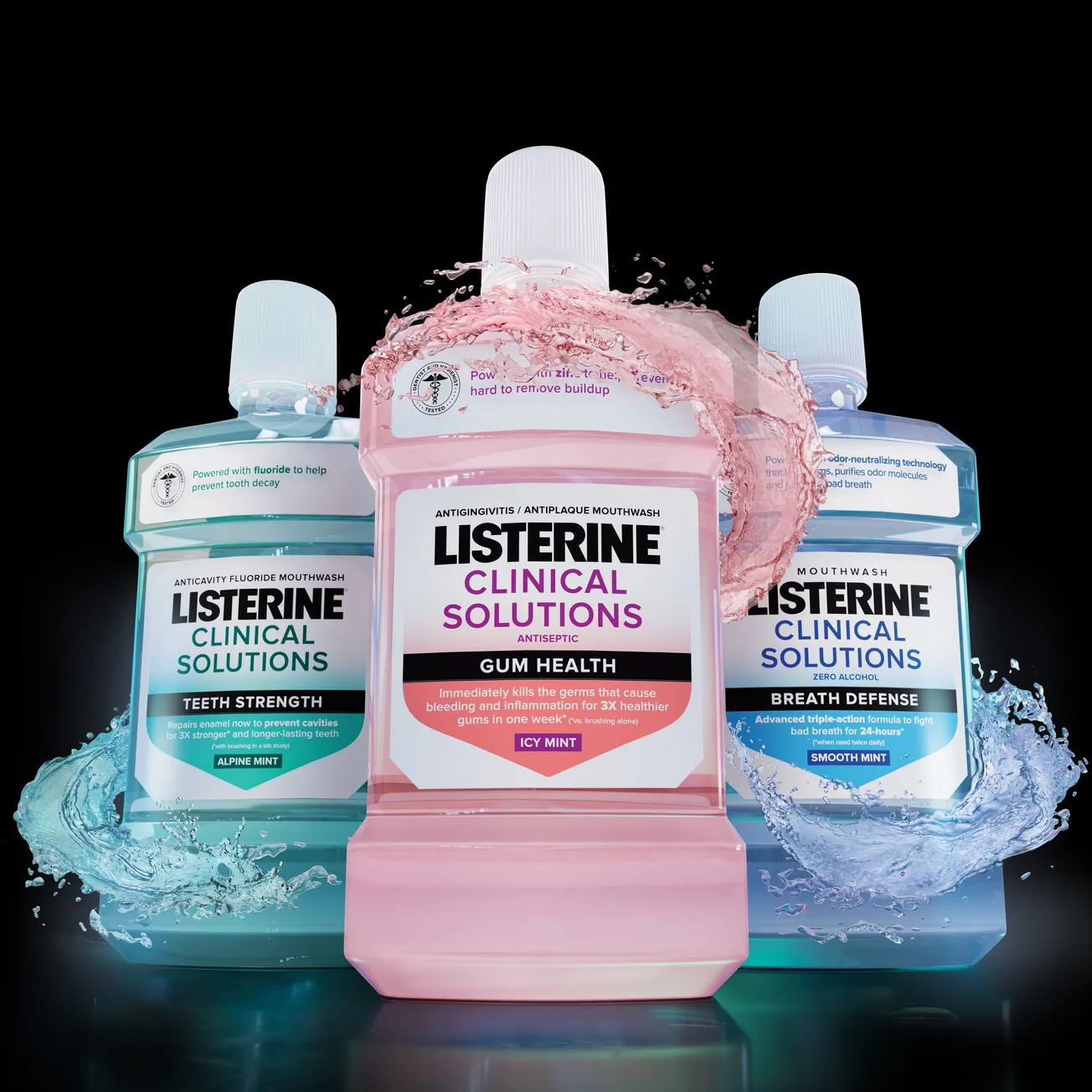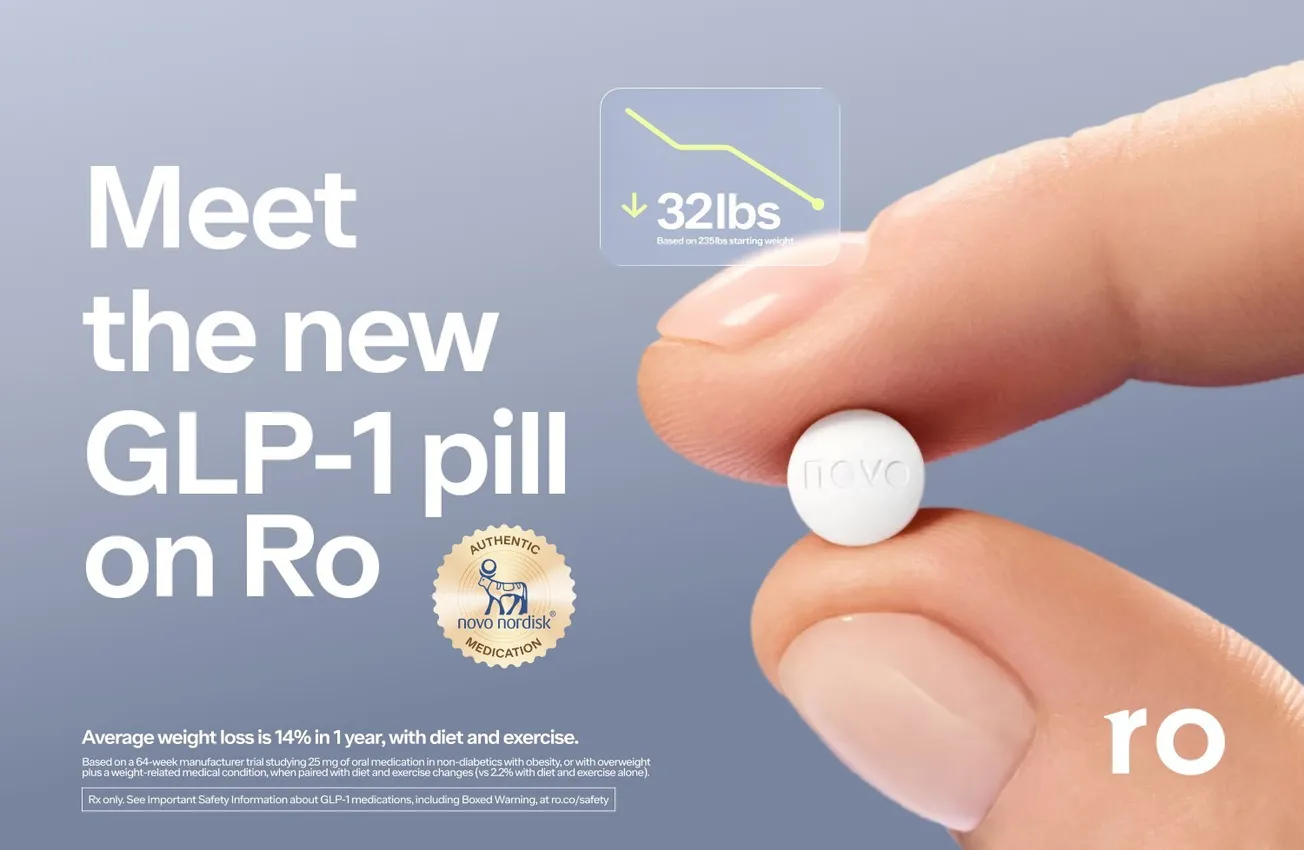At the beginning of the month, retail pharmacy advocates were engaged in a full-court press to convince members of Congress, who were locked in a protracted battle over federal spending and a possible government shutdown, to include meaningful PBM reform in a final budget deal. A coalition of industry groups urged lawmakers to enact what it characterized as “must-pass legislation.”
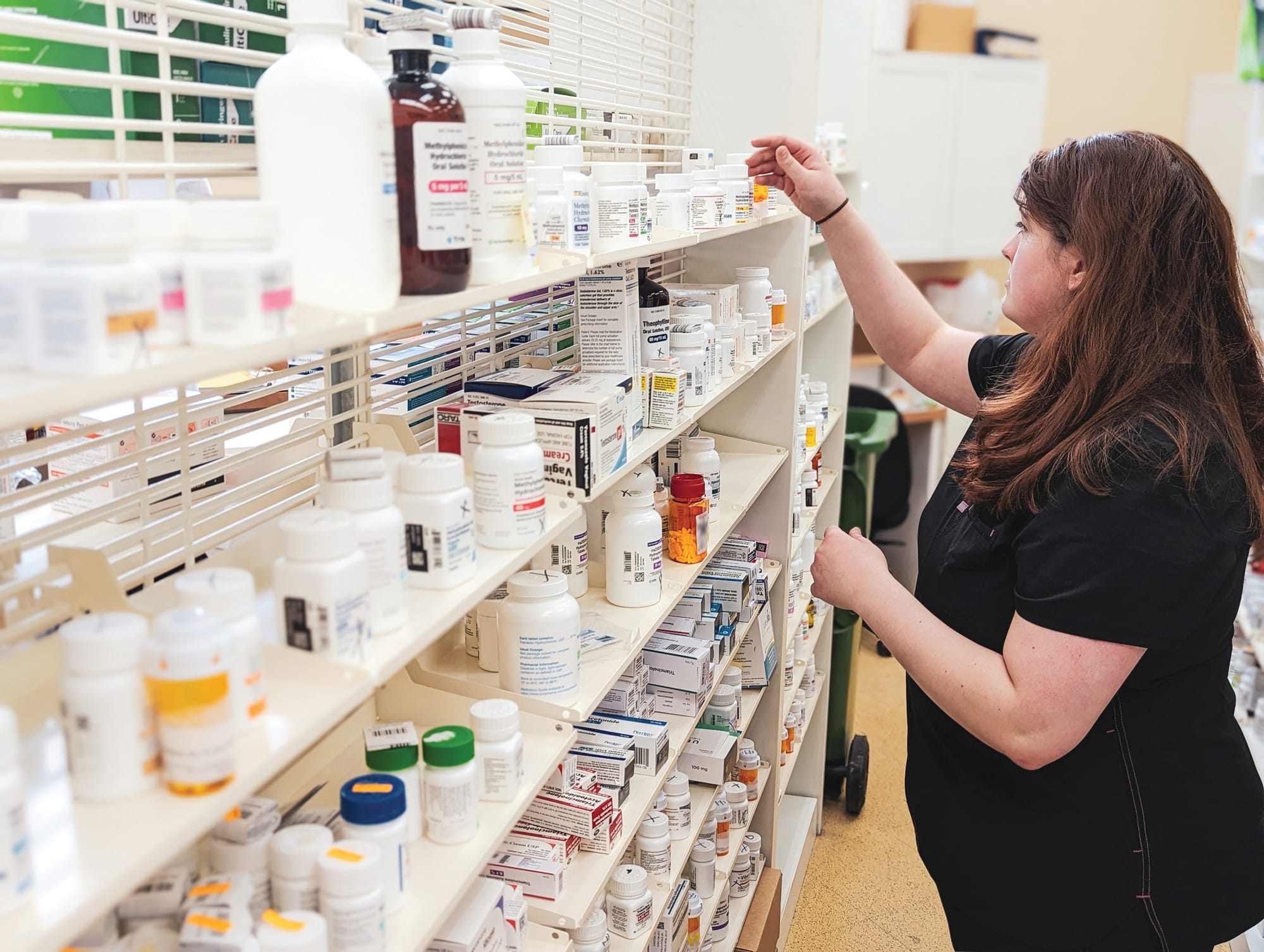
With “many Americans and pharmacies at the brink,” the coalition (which includes the National Association Chain Drug Stores, the National Community Pharmacy Association, FMI – The Food Industry Association, the National Grocers Association, the American Pharmacists Association, the National Association of Specialty Pharmacies, and the National Alliance of State Pharmacy Associations) asserted that prohibiting abusive business practices by PBMs is necessary to help rein in drug costs, ensure patient access and maintain the continued viability of pharmacies across the country. Chief among the reforms sought by industry proponents were the definition and enforcement of equitable contract terms under Medicare Part D, the establishment of consistent pharmacy quality measures, and Medicaid payment reform, including the end of spread pricing.
Revamped rules governing the application of direct and indirect remuneration under the Medicare prescription drug benefit may top the list of changes backed by the coalition, but DIR fees are just part of a broken reimbursement model, one that threatens the future of many pharmacies. Just how bleak the situation is for independent drug stores was brought into sharp focus by a report on a recent member survey released by NCPA. Thirty-two percent of respondents said that they will consider closing their doors before the end of the year, as a result of the relentless downward pressure on reimbursements applied by PBMs and other health care payers. What’s more, 93% indicated that, without some kind of financial relief, they may well choose not to participate in Part D in 2025.
Although the downward spiral in reimbursements has spanned decades, the problem, especially for independents and small chains, has been exacerbated by a rule that took effect this year which mandates that PBMs and other payors account for DIR fees at the point of sale. Intended to improve transparency into drug pricing, the requirement replaces the practice of applying the fees retroactively, often months after prescriptions were filled. As a result of the transition, pharmacy operators are faced with DIR fees from both current transactions and those dating back to last year, significantly increasing the financial strain they’re under.
“The clock is ticking for many community pharmacies, which are hanging by a thread,” said Doug Hoey, NCPA’s chief executive officer. “They need relief now. If Congress fails to act this year, thousands of pharmacies could close, and millions of patients could be stranded.”
If the worst-case scenario were to happen, the fallout would reverberate throughout retail pharmacy and the entire health care system. The disappearance of a substantial number of independents, coupled with the store rationalization programs under way at CVS Health, Walgreens Boots Alliance and other large retailers, would limit patient access to essential health care services. The spread of pharmacy deserts would eliminate the only health care resource to which residents in numerous rural and inner-city areas have easy access. Gaps in health equity would increase, forcing many people to postpone treatment until their condition worsens, forcing them to seek treatment at a hospital emergency room.
Pharmacists at the stores that remain open would be asked to cope with additional patients and higher script counts, limiting their availability to deliver personalized care. Substantially fewer outlets would also disrupt retail pharmacy’s drive to take on a bigger role in health care by providing such services as immunizations, point-of-care testing and, where appropriate, prescribing of medications for common ailments.
Absent meaningful DIR reform, the industry will have to take on those added burdens. But even if pharmacy advocates were to succeed in persuading Congress to alter the rules governing direct and indirect remuneration, more needs to be done. The full potential of the pharmacy profession can only be realized when the basis of reimbursement models, both public and private, shifts from the status quo to shared risk and value-based care.

